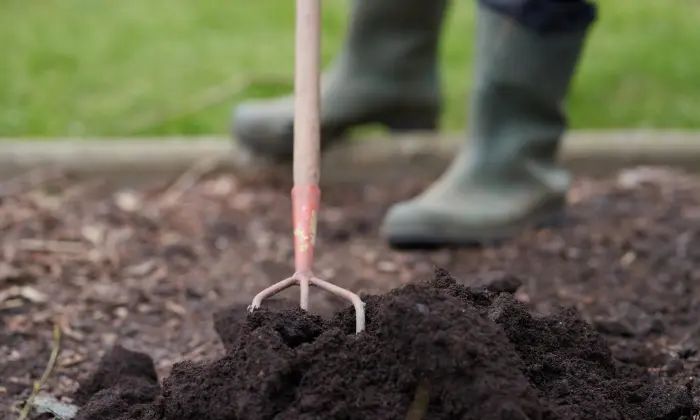Wondering what to do with old mulch cluttering your garden? At I Haul Landscape Services, we understand the importance of sustainable landscaping practices. That’s why we’re here to guide you on how to make the most of your old mulch. From rejuvenating your garden beds to repurposing it for pathways or composting, there are numerous eco-friendly options available. Join us as we explore creative solutions for handling old mulch, ensuring your garden stays healthy and vibrant year-round. Say goodbye to waste and hello to a greener, more beautiful landscape with I Haul Landscape Services.
What to Do with Old Mulch in Spring
As the spring season arrives, gardeners often find themselves facing the question of what to do with old mulch that has accumulated over the winter months.
Rejuvenate Your Garden Beds
Old mulch can still offer some benefits to your garden soil, such as retaining moisture and suppressing weeds. Before adding new mulch, consider turning over the old mulch to incorporate it into the soil. This process helps enrich the soil with organic matter, improving its structure and fertility for new plantings in the spring.
Compost It
Composting old mulch is an excellent way to recycle organic material and create nutrient-rich compost for your garden. If your old mulch is made from natural materials like wood or cedar, shred it into smaller pieces and add it to your compost pile. Over time, it will break down into valuable humus, which can be used to enrich garden soil or topdress existing plants.
Use It as Mulch for Paths
If you have pathways or walkways in your garden, consider using old mulch as a base layer for mulching these areas. Wood mulch, rubber mulch, or dyed mulch can all serve as effective mulch for paths, providing a natural look while helping to prevent weed growth and improve drainage.
What to Do with Old Wood Mulch
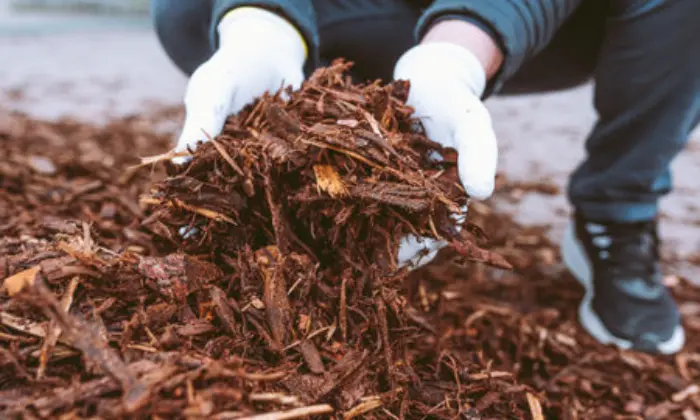
Wood mulch is one of the most common types of mulch used in gardens, but it can break down over time and lose its effectiveness. Here are some specific ways to repurpose old wood mulch:
Use It as Mulch for Flower Beds
Old wood mulch can still provide insulation and weed suppression for flower beds and garden borders. If the mulch is in relatively good condition, consider spreading it around your plants as a topdressing. Be sure to inspect the mulch for any signs of mold or decay before using it in your garden.
Create Pathways or Walkways
Wood mulch can also be used to create attractive pathways or walkways in your garden. Lay down a thick layer of old mulch on top of landscape fabric or cardboard to prevent weeds from growing through. This not only adds visual interest to your garden but also provides a practical solution for navigating through your outdoor space.
Build Raised Beds
If you’re a fan of raised bed gardening, old wood mulch can be repurposed to construct new beds or fill existing ones. Line the bottom of raised beds with a layer of old mulch to improve drainage and aeration, then fill the rest with a mix of soil and compost. This method helps reduce the overall cost of building raised beds while recycling organic material.
What to Do with Old Dyed Mulch
Dyed mulch, often used for its vibrant color and aesthetic appeal, can also be repurposed in various ways:
Use It as a Decorative Element
Old dyed mulch may fade over time, but it can still add a pop of color to your garden beds or landscape features. Spread it around trees, shrubs, or decorative plantings to enhance their visual impact. Mixing different colors of old dyed mulch can create interesting patterns and textures in your garden design.
Blend It with New Mulch
If you’re planning to add fresh mulch to your garden, consider blending old dyed mulch with the new material. Mixing old and new mulch together helps create a more uniform appearance while gradually fading the color of the old mulch over time. Be sure to layer the mulch evenly to achieve the desired aesthetic effect.
Use It as a Weed Barrier
Old dyed mulch can still serve as an effective weed barrier in your garden beds. Apply a thick layer of mulch around your plants to suppress weed growth and conserve soil moisture. Over time, the mulch will break down and contribute organic matter to the soil, further enriching it for future plantings.
What to Do with Old Rubber Mulch
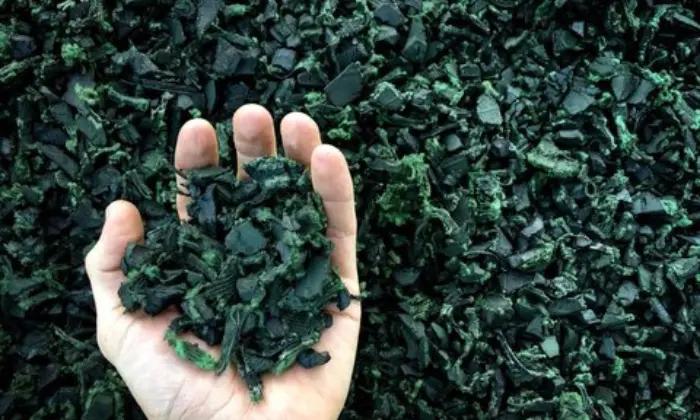
Rubber mulch, made from recycled tires, offers durability and longevity compared to organic mulches. Here are some ways to repurpose old rubber mulch:
Use It in Playground Areas
Old rubber mulch can be used as a safety surface in playground areas or under swing sets to cushion falls and reduce impact injuries. Spread a thick layer of rubber mulch to create a soft landing surface for children to play on. Be sure to periodically inspect the mulch for signs of wear or degradation and replace it as needed.
Create Landscaping Borders
Rubber mulch can also be used to create borders or edging around garden beds, pathways, or lawn areas. Its durability and flexibility make it an ideal material for defining landscape features and preventing erosion. Install rubber mulch borders by stacking them vertically or laying them horizontally along the desired perimeter.
Mix It with Other Materials
If you have a small quantity of old rubber mulch, consider mixing it with other materials like gravel or sand to create a custom landscaping mix. This blend can be used to fill decorative pots, planters, or garden borders, adding texture and visual interest to your outdoor space.
What to Do with Old Cedar Mulch
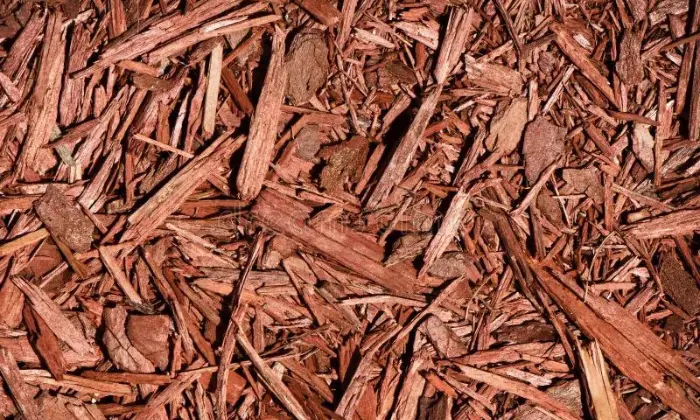
Cedar mulch is prized for its natural insect-repelling properties and pleasant aroma. Here’s how to make the most of old cedar mulch:
Refresh Garden Paths
Old cedar mulch can be used to refresh garden paths or walkways, adding a fresh layer of fragrance and color to your outdoor space. Rake the mulch to redistribute it evenly and fluff up any compacted areas. This helps improve drainage and prevent waterlogging, ensuring your paths remain functional and attractive.
Mulch Around Trees and Shrubs
Cedar mulch is particularly beneficial for mulching around trees and shrubs, as it helps repel insects and prevent fungal diseases. Spread a layer of old cedar mulch around the base of your plants to suppress weeds and retain moisture in the soil. Over time, the mulch will break down and release beneficial nutrients into the root zone.
Use It in Indoor Plantings
Old cedar mulch can also be used indoors as a decorative topdressing for potted plants or terrariums. Its pleasant aroma and natural appearance add a touch of rustic charm to indoor spaces, while also helping to retain moisture and regulate soil temperature. Sprinkle a thin layer of cedar mulch on the surface of your indoor plantings for added visual appeal.
What to Do with Old Red Mulch
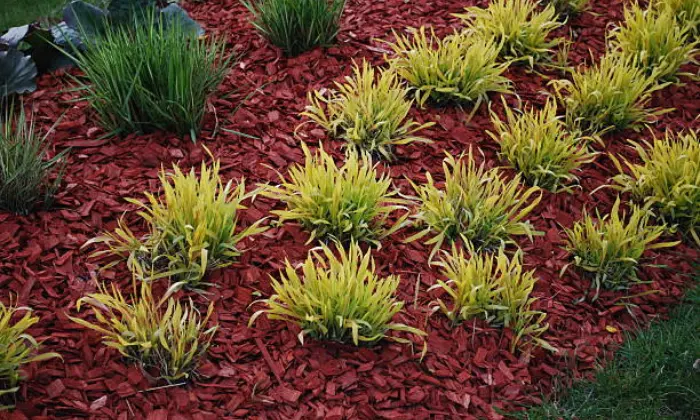
Red mulch, known for its vibrant color and weed-suppressing properties, can be repurposed in several ways:
Enhance Flower Beds
Old red mulch can be used to enhance the visual appeal of flower beds or garden borders. Spread a fresh layer of mulch around your plants to create a striking contrast against green foliage and colorful blooms. This not only adds aesthetic value to your garden but also helps regulate soil temperature and moisture levels.
Create Mulch Mats
Red mulch can also be used to create mulch mats or weed barriers for individual plants or garden rows. Cut pieces of landscape fabric to size and lay them around your plants, then cover the fabric with a layer of old mulch. This helps prevent weeds from germinating while allowing water and nutrients to penetrate the soil.
Mix It with Other Mulches
If you have a mix of different-colored mulches in your garden, consider blending them together to create a custom color palette. Mix old red mulch with other colors like brown, black, or natural wood to achieve a unique look that complements your garden design. Be creative and experiment with different combinations to find the perfect balance.
Conclusion
Old mulch doesn’t have to end up in the landfill. By repurposing or recycling it creatively, you can breathe new life into your garden while reducing waste and environmental impact. Whether it’s wood mulch, dyed mulch, rubber mulch, or cedar mulch, there are plenty of ways to make the most of your old mulch in the springtime and beyond.
FAQs
Can I Reuse Old Mulch In My Garden?
Yes, you can reuse old mulch in your garden in several ways. Consider incorporating it into your soil, composting it, using it for pathways, donating it to community gardens, or repurposing it for landscaping projects.
How Do I Know If Old Mulch Is Still Usable?
Inspect the old mulch for signs of mold, decay, or excessive decomposition. If it’s still relatively intact and free from contaminants, it can likely be reused or repurposed in your garden.
Can I Compost Old Mulch?
Yes, you can compost old mulch made from natural materials like wood or cedar. Shred the mulch into smaller pieces and add it to your compost pile to break down over time into nutrient-rich humus.
What Should I Do With Old Dyed Mulch?
Old dyed mulch can still be used for decorative purposes in your garden. Consider blending it with new mulch, using it as a weed barrier, or donating it to local community projects.
Is It Safe To Use Old Rubber Mulch?
Old rubber mulch can be reused in playground areas or landscaping projects, but be sure to inspect it regularly for signs of wear or degradation. Replace any worn or damaged mulch to maintain safety standards.

